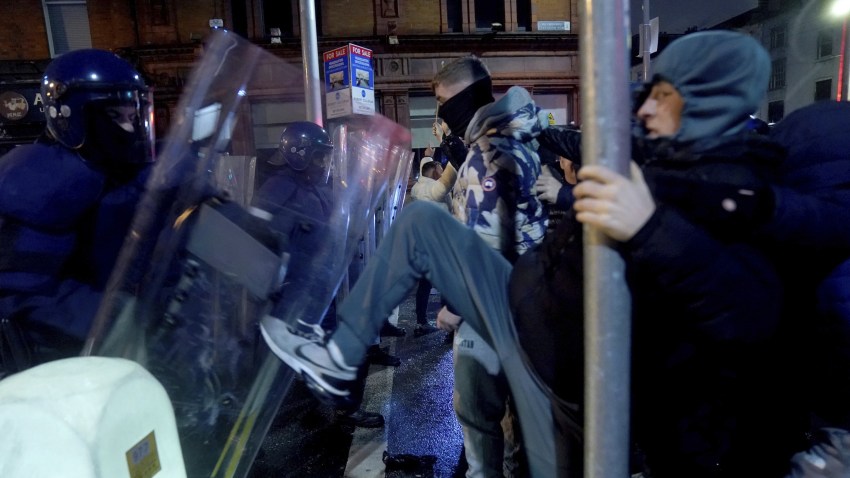For many Irish people, the riots that engulfed the streets of downtown Dublin last month were an uncomfortable reminder of the past. Not since the darkest days of “the Troubles,” as the conflict between republican Catholics and unionist Protestants in Northern Ireland was known, have such scenes of violence on the island of Ireland made frontpage headlines around the world.
The unrest—during which police officers were attacked, cars, buses and trams set alight, and scores of retail outlets vandalized and looted—was sparked by the shocking stabbing of three children outside a primary school just off Dublin’s main thoroughfare earlier in the day. Rumors disseminated on social media falsely claimed the assailant was an immigrant, prompting far-right protesters to descend on the scene and breach the police cordon. Bolstered by an opportunist hooligan element and a lack of police preparedness, the situation quickly got out of control.
Although the scale of the unrest took both the authorities and the general public by surprise, it probably shouldn’t have. It is just the latest and most extreme in a series of incidents fueled by the far right over the past six months, including an arson attack on a makeshift Ukrainian refugee encampment in May and the verbal and physical harassment of members of parliament at the legislative body’s reopening in September.

